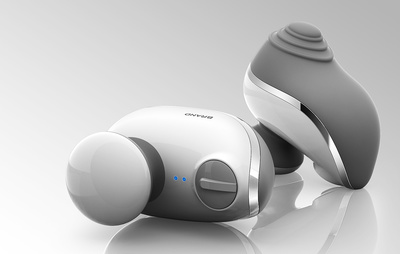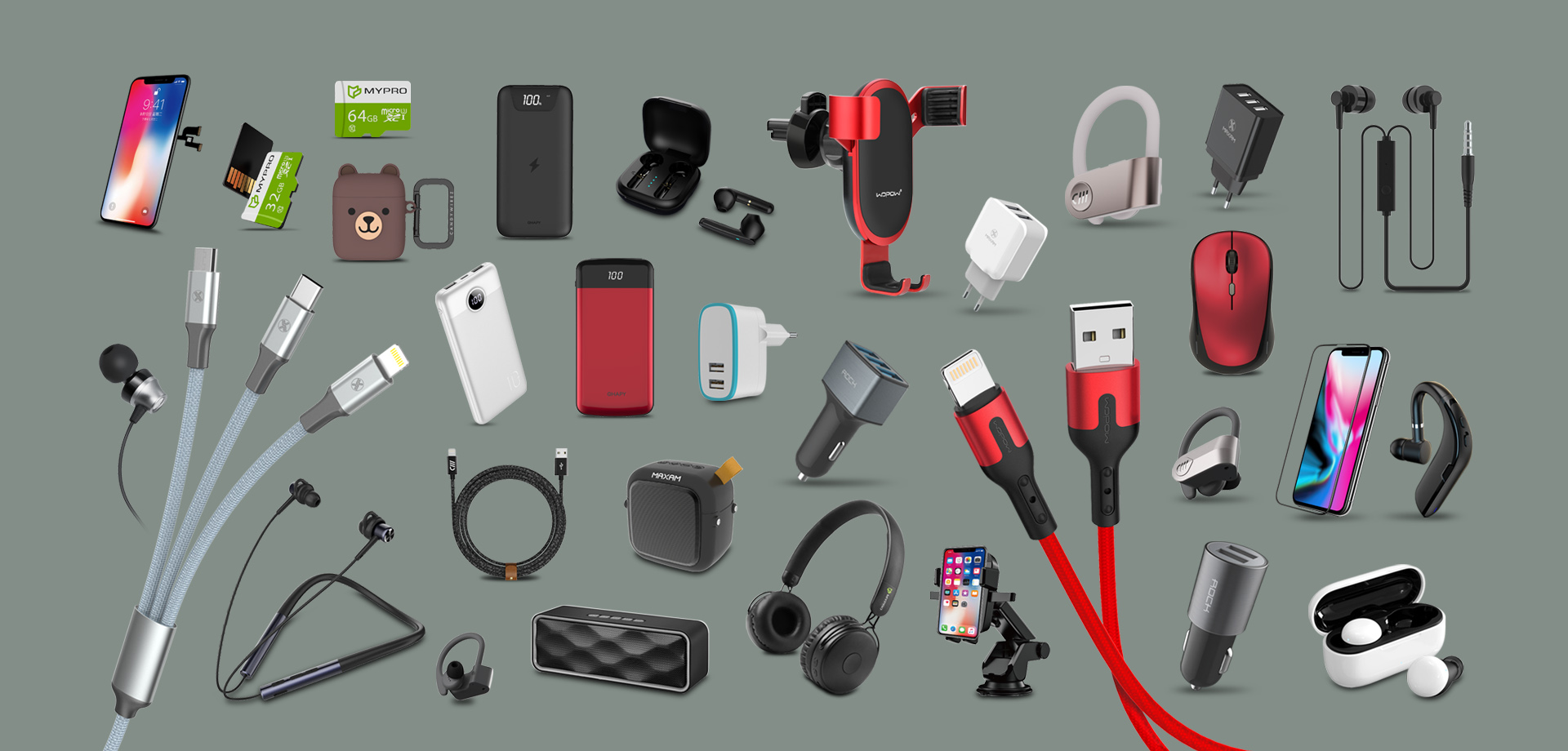Introduction
The rise of the Internet of Things (IoT) has revolutionized industries worldwide, with manufacturing being one of the primary beneficiaries of this technological shift. IoT has transformed traditional manufacturing processes, enabling real-time monitoring, predictive maintenance, and enhanced operational efficiency. At the heart of this transformation are IoT-enabled electronics—devices and components that connect physical assets to the digital world through sensors, software, and communication networks.
China, as the world’s largest manufacturing hub, is at the forefront of this revolution. With a strong focus on industrial IoT (IIoT) technologies and a robust electronics supply chain, China offers unparalleled opportunities for global buyers seeking IoT-enabled solutions. This blog will explore the growing demand for IoT-enabled electronics in China’s manufacturing sector, key product categories, challenges, and strategies for sourcing these products effectively.
What Are IoT-Enabled Electronics?
IoT-enabled electronics are devices or components designed to collect, transmit, and analyze data in real-time. They consist of sensors, communication modules, data processors, and software that work together to provide actionable insights. In the manufacturing context, these devices play a critical role in automating processes, improving efficiency, and reducing downtime.
Key examples of IoT-enabled electronics include:
Sensors: Devices that measure variables like temperature, humidity, pressure, vibration, or motion.
Communication Modules: Components that enable connectivity, such as Wi-Fi, Bluetooth, or 5G chips.
Controllers and Edge Devices: Devices that process data locally before sending it to the cloud for analysis.
Gateways: Devices that aggregate data from multiple sensors and transmit it to centralized systems.
IoT Platforms: Software that collects and analyzes data from connected devices, providing insights for decision-making.
Why Is IoT Driving Change in Manufacturing?
The adoption of IoT technologies in manufacturing is driven by the need for greater efficiency, cost savings, and innovation. IoT-enabled electronics allow manufacturers to:
Optimize Operations: IoT devices provide real-time data on machine performance, enabling manufacturers to identify inefficiencies and optimize production lines.
Reduce Downtime: Predictive maintenance, powered by IoT sensors, minimizes unplanned downtime by detecting issues before they escalate.
Enhance Product Quality: Sensors monitor variables such as temperature or vibration during production, ensuring products meet quality standards.
Enable Smart Factories: IoT facilitates the integration of robotics, automation, and AI, creating fully connected smart factories.
China’s government has been actively promoting IoT adoption through initiatives like “Made in China 2025,” which aims to modernize the country’s manufacturing sector. This support, coupled with advancements in 5G and AI, has accelerated the development and demand for IoT-enabled electronics.
The Growing Demand for IoT-Enabled Electronics in China
China’s manufacturing sector is undergoing a digital transformation, and IoT technologies are at the core of this evolution. Several factors are driving the growing demand for IoT-enabled electronics in China:
- Increasing Automation
China’s factories are rapidly adopting automation to address rising labor costs and improve efficiency. IoT-enabled devices such as smart sensors and connected controllers are critical components in automated systems.
- Industry 4.0 Initiatives
China’s embrace of Industry 4.0 principles has led to a surge in demand for IoT devices that enable machine-to-machine (M2M) communication, data analytics, and process automation.
- Adoption of 5G Technology
China is a global leader in 5G technology, which provides the high-speed, low-latency connectivity required for IoT applications. 5G-enabled IoT devices are in high demand for use in smart factories and industrial automation.
- Focus on Sustainability
IoT technologies are being used to improve energy efficiency and reduce waste in manufacturing. For example, connected sensors can monitor energy consumption and optimize resource usage.
- Customization Needs
Manufacturers are increasingly seeking tailored IoT solutions to meet their specific requirements. This has created demand for customizable IoT-enabled electronics, such as application-specific sensors and modular communication modules.
Key IoT-Enabled Electronics for Manufacturing
China’s electronics market offers a wide range of IoT-enabled products for the manufacturing sector. Some of the most in-demand categories include:
- Sensors
IoT sensors are essential for collecting data in real time. Common types include temperature sensors, proximity sensors, vibration sensors, and gas detectors. China’s sensor manufacturers offer cost-effective solutions with high precision and durability.
- Communication Modules
China is a major producer of communication modules such as Zigbee, LoRa, NB-IoT, and 5G modules. These components enable seamless connectivity in IoT systems, ensuring reliable data transmission.
- IoT Gateways
Gateways aggregate data from multiple sensors and transmit it to cloud platforms. Chinese manufacturers offer compact, robust, and affordable gateways suitable for industrial environments.
- Edge Computing Devices
Edge devices process data locally, reducing the latency associated with cloud-based systems. With advancements in AI, many Chinese manufacturers now offer edge computing solutions integrated with IoT devices.
- Industrial Robots and Automation Components
Robots and automation systems equipped with IoT sensors are a growing segment of China’s IoT-enabled electronics market. These devices are used for tasks like assembly, inspection, and material handling.
Challenges in Sourcing IoT-Enabled Electronics from China
Despite the opportunities, sourcing IoT-enabled electronics from China comes with challenges:
- Quality Control
Ensuring consistent quality is a major challenge, especially for components like sensors and communication modules. Variations in performance can impact the reliability of IoT systems.
- Compatibility Issues
IoT devices often need to integrate with existing systems or platforms. Ensuring compatibility across different brands and technologies can be difficult.
- Intellectual Property (IP) Concerns
IoT solutions often involve proprietary software or hardware designs. Protecting intellectual property rights during sourcing is critical.
- Regulatory Compliance
IoT devices must meet industry-specific regulations and certifications, such as CE, FCC, or ISO standards. Verifying compliance can be time-consuming.
Strategies for Sourcing IoT-Enabled Electronics
To overcome these challenges, international buyers should adopt the following strategies:
- Vet Suppliers Thoroughly
Research suppliers’ capabilities, certifications, and reputation. Conduct factory audits to ensure they have the expertise to produce reliable IoT components.
- Test Compatibility
Request prototypes or samples to test compatibility with your existing systems. Collaborate closely with suppliers to address any integration challenges.
- Work with a Local Procurement Office
A procurement office in China can help manage quality control, verify compliance, and handle negotiations with suppliers.
- Secure IP Protections
Use non-disclosure agreements (NDAs) and carefully define terms in contracts to protect your intellectual property during the sourcing process.
- Monitor Production Closely
Regularly inspect production and testing processes to ensure quality and consistency.
Case Study: IoT-Enabled Sensors for a European Manufacturer
A European automotive manufacturer sought to enhance its production lines with IoT-enabled vibration sensors for predictive maintenance. Initially sourcing from local suppliers, the company faced high costs and limited customization options. By partnering with a Chinese supplier specializing in industrial sensors, the manufacturer achieved a 40% cost reduction and gained access to fully customizable solutions. Through careful supplier vetting and prototype testing, the company ensured seamless integration with its existing systems.
Conclusion
The demand for IoT-enabled electronics in China’s manufacturing sector is set to grow as industries continue to embrace digital transformation. For global buyers, this presents a unique opportunity to source advanced, cost-effective components that drive innovation and efficiency. By understanding the market, addressing challenges, and working with trusted partners, international businesses can unlock the full potential of IoT in their operations.
Whether you’re looking for sensors, communication modules, or complete IoT solutions, China’s manufacturing ecosystem has the resources to meet your needs. Take the first step toward smarter sourcing and harness the power of IoT-enabled electronics today.






